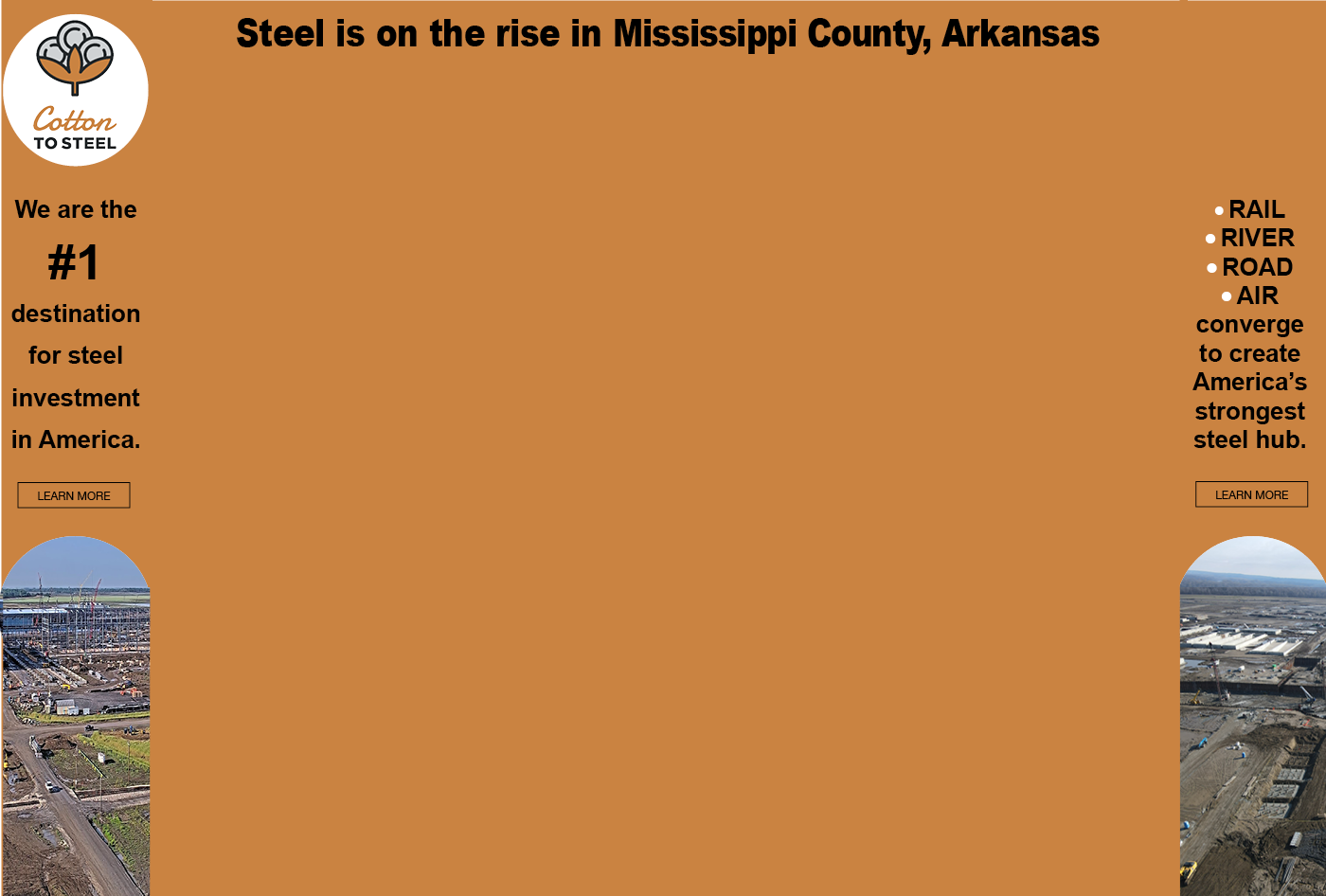The South’s economy has never been better
By Michael Randle, Editor

In 2016, the 15-state American South contributed a record $6.12 trillion (that’s with a “T”) to the United States’ economy, which saw a GDP totaling $18.57 trillion. The West contributed $4.61 trillion, which was more than any other region. Take California out of the West, and its GDP totals a mere $2 trillion.
In fact, the U.S. economy remains the largest in the world by a wide margin. China, the second largest economy on the planet, generated a GDP of $11.2 trillion in 2016 in U.S. dollars, according to the World Bank, and that means something. Last year, 64 percent of all transactions world-wide were traded in dollars. Still, the dollar reigns supreme of all known central bank foreign exchange reserves.
No other country’s currency — even multi-country currencies — comes close in transactions (the Euro is second at 19.7 percent.) Which means that although we may not be the best savers — as a nation and as citizens — no international body in its right mind would challenge U.S. debt. Not now, anyway.
The new “gross regional product” numbers for 2016 mean that the South’s economy is more than half the size of China’s. Pretty dang impressive.
There are several ways the South has accomplished this incredible feat seen in 2016. It has diversified its economic base like no time ever. Its in-migration from other U.S. regions is back to levels not seen since the 1980s, 1990s and before the Great Recession. Well-educated immigrants from other countries now want to live in the South as opposed to other regions because the South remains the least expensive place in the world’s largest economy to live and operate a business.
Furthermore, the South is unlike any of the other three regions in demography. No U.S. region has the number of mid-major markets the South has — Austin, San Antonio, Raleigh, Charlotte, Nashville, Orlando, New Orleans, Richmond, Birmingham, Louisville, Greenville and so many others. Sure, we are home to mega-markets such as Atlanta, Dallas-Fort
Worth, Houston, South Florida and D.C. But it is the vast number of mid-majors that solidify the South’s economy and help spread the wealth.
Want proof? Name a major market in Illinois other than Chicago? Name one in New York? Florida and Texas have 10 mid-majors each.
So, here is a new trophy earned by the American South. New data from the World Bank shows that the region’s 2016 GRP has forced us to make a change to our masthead. The South is no longer the fourth largest economy in the world. GDP and GRP data shows that the American South is now the third largest economy in the world with $6.12 trillion in GDP churned in 2016. For almost two decades, our masthead read, “Economic Development in the World’s Fourth Largest Economy.” Not anymore. The South is No. 3 in the world!
Here are the top 10 economies in the world, with regions of the U.S. factored in when it comes to GDP in 2016. The values are based on U.S. dollars:
| 1. United States | $18.6 trillion |
| 2. China | $11.2 trillion |
| 3. U.S. South | $6.1 trillion |
| 4. Japan | $4.9 trillion |
| 5. U.S. West | $4.6 trillion |
| 6. U.S. Northeast | $4.2 trillion |
| 7. Germany | $3.4 trillion |
| 8. U.S Midwest | $3.4 trillion |
| 9. U.K. | $2.6 trillion |
| 10. France | $2.5 trillion |
Source: World Bank










